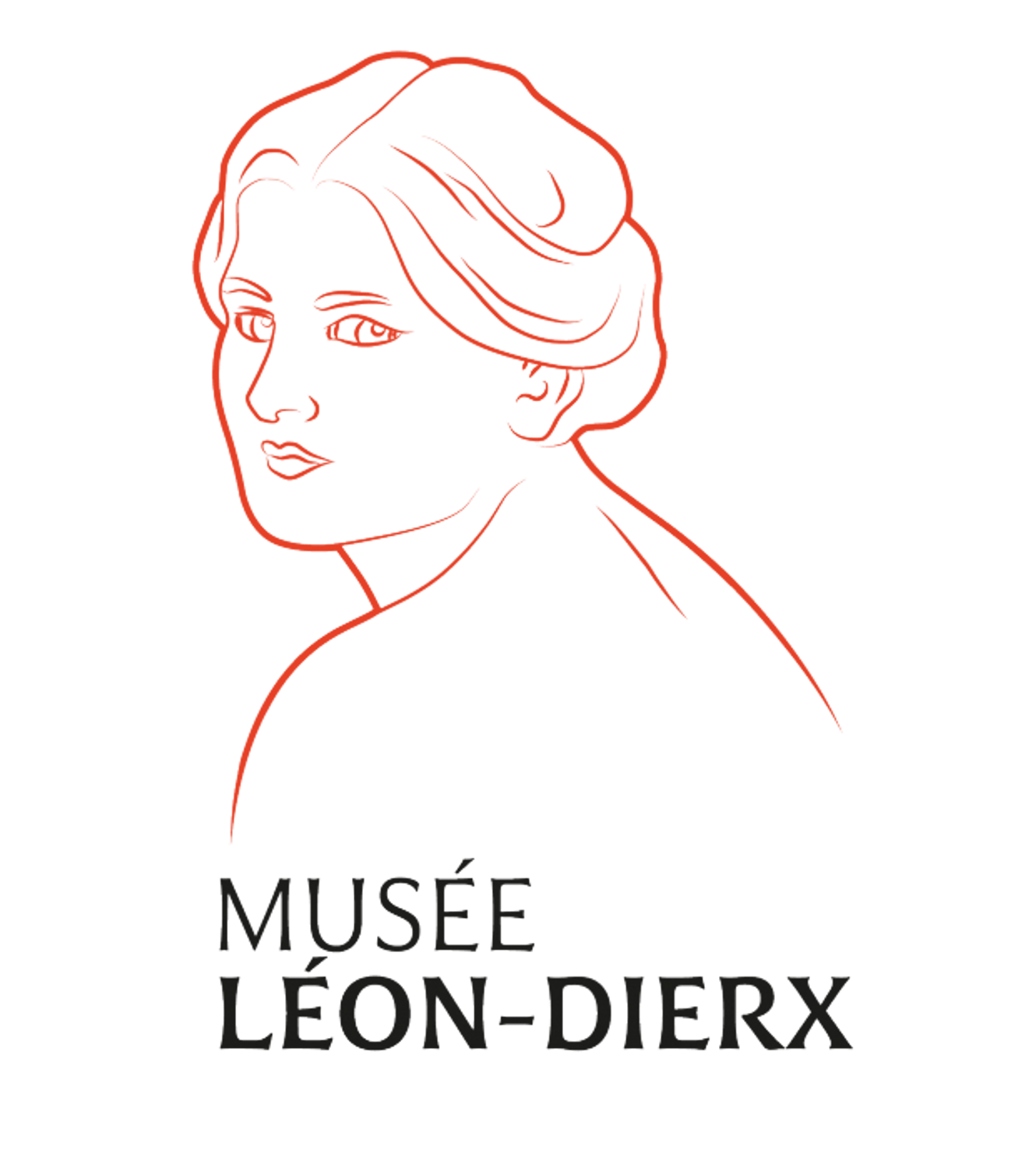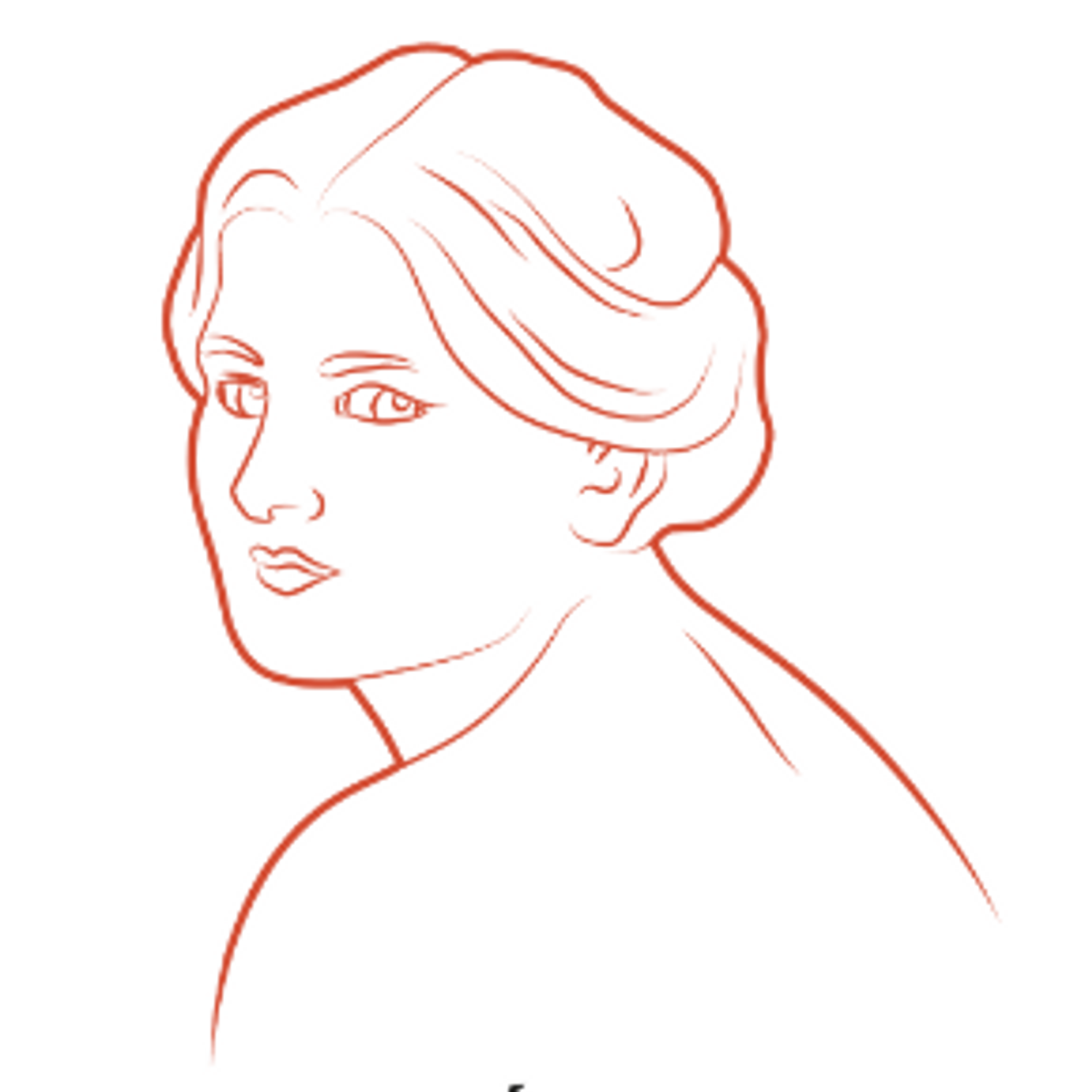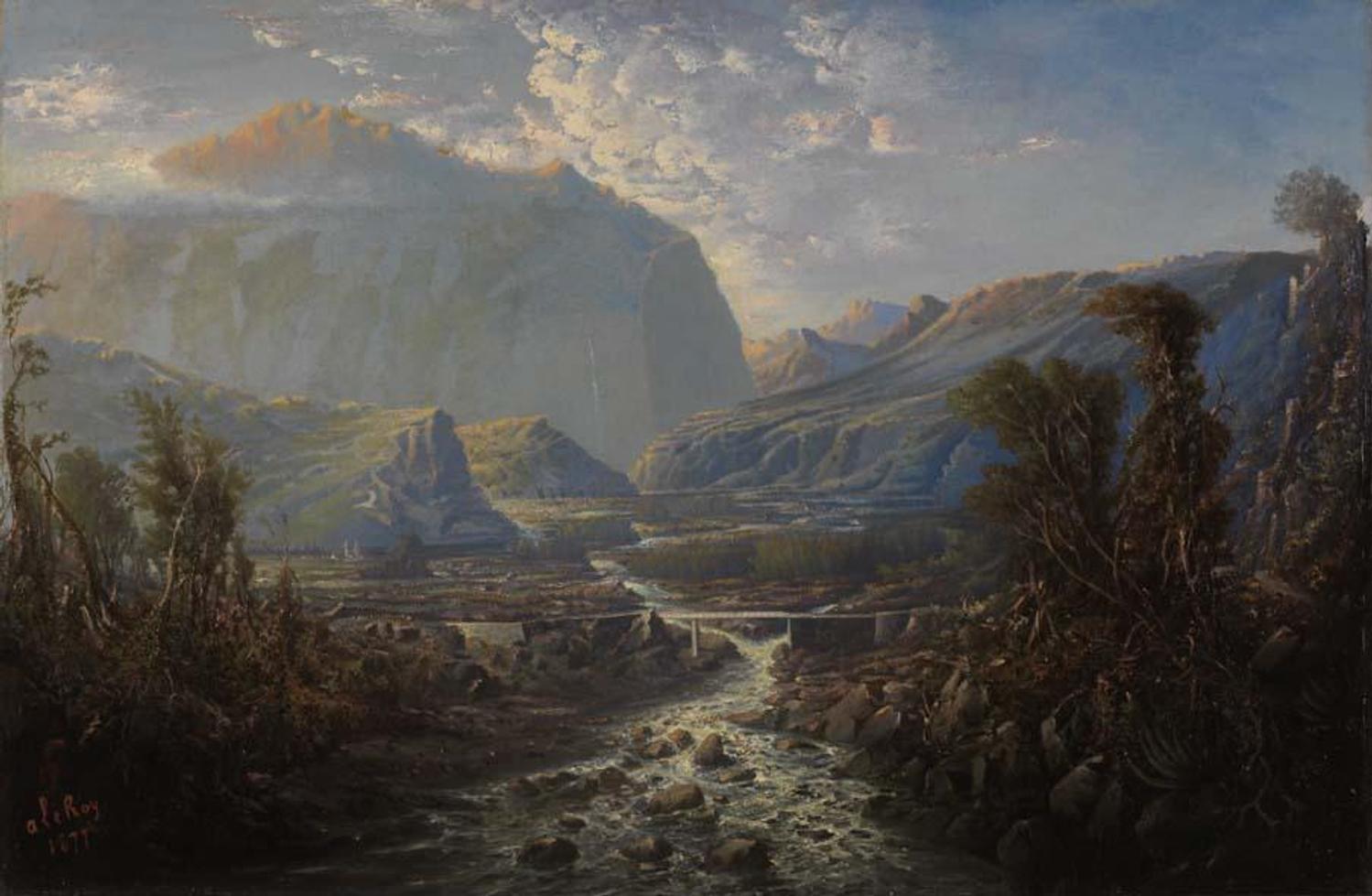THE MASTERPIECES OF THE LEON-DIERX ART GALLERY : Adolphe LE ROY
Adolphe LE ROY
Saint-Denis (Réunion), 26 March 1832 - id., 26 July 1892
Adolphe Le Roy was the son of a stockbroker from Saint-Malo. At the age of 18, he abandoned his studies to work with his father. The family was artistic and he started to paint when he was very young, then more seriously at the age of 20. Without any formal training or master to guide him, it seems that his artistic activity really took off around 1850.
He earned his living working as an accountant and could only paint during his free time, before or after work and during the holidays, a constraint which explains why he produced a large number of paintings set at dawn or dusk.
For many years, Le Roy contributed to the intellectual life of the colony, through the activity of the scholarly societies of the capital. As from the period of the Second Empire, his works achieved a great deal of success. They were presented at exhibitions organised in the colony, as well as in the Île de France and Paris, during the 1878 Universal Exhibition.
He produced a large number of works, varied in their technique: while oil on canvas paintings predominate, he also produced pastels, watercolours, lithographs and works and using Indian ink, all of which occupied an important place in his production.
Gorges de la Riviere du Mat (The gorges of the Riviere du Mat), Adolphe LE ROY
1877
Oil on canvas
96,5 x 145,5 cm
Inv 1939.00.47
Adolphe Le Roy was not a painter who depicted daily life. His works do not represent anecdotal or documentary scenes and urban life was not a topic he treated. Throughout his career, fascinated by the broken relief and lush vegetation of the island, he preferred to treat the mountains of its interior. What distinguishes his paintings is their unreal and romantic atmosphere and the light at dawn and dusk which, combined with the representation of the grandiose but hostile natural surroundings, plunge the spectator into a beautiful and fascinating universe.
Gorges de la Rivière du Mât (The Gorges of the Rivière du Mât), depicting a site situated at the entrance to the cirque of Salazie, is a large-sized painting which was exhibited at the Reunion pavilion of the 1878 Universal Exhibition in Paris.
This academic-style landscape can be considered in sections. The gaze is first of all attracted by the white of the river, framed by two dark-coloured clumps of trees. Painted using lighter blue and green colours, a plain and three low mountains form the middle ground. Finally, an imposing mountain represented using a fine glaze of paint, clouds and the mountain of Piton des Neiges in the distance complete the composition.
Human presence is only reflected symbolically through the presence of a bridge and the chimney of a sugar factory. The painting as a whole gives the sensation of a grandiose environment bathed in shimmering light, one of the characteristics of the works of Adolphe Le Roy.






